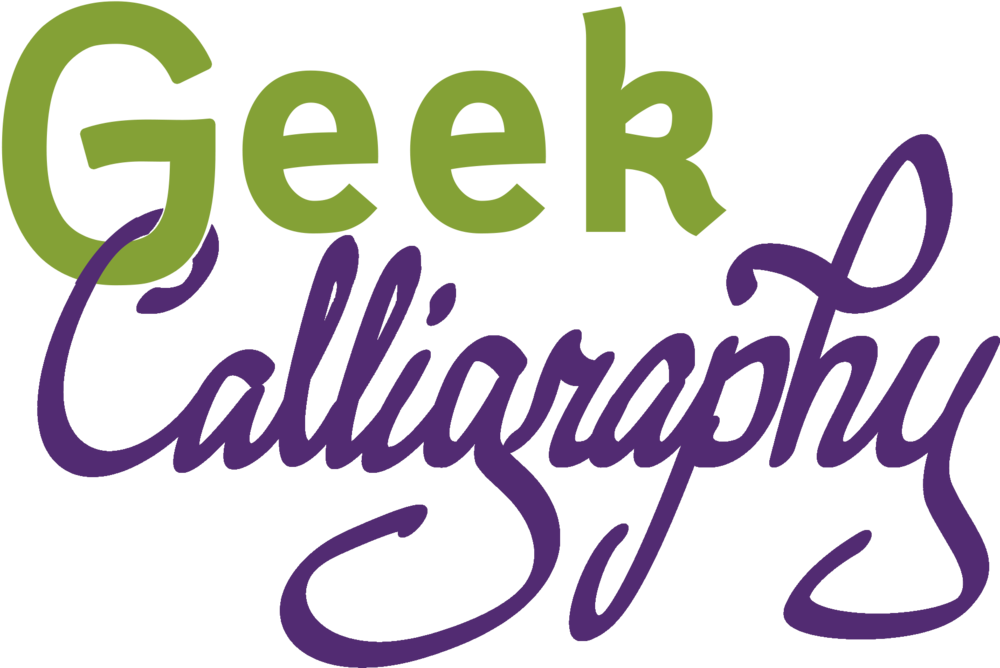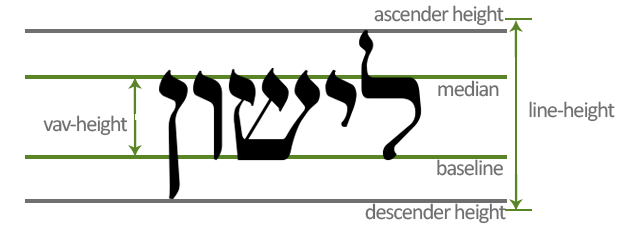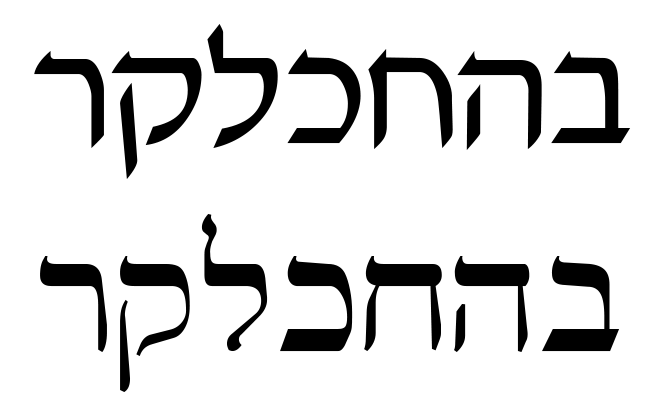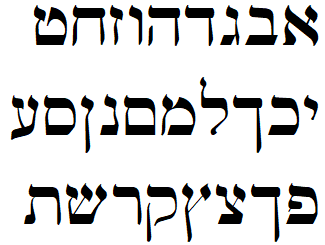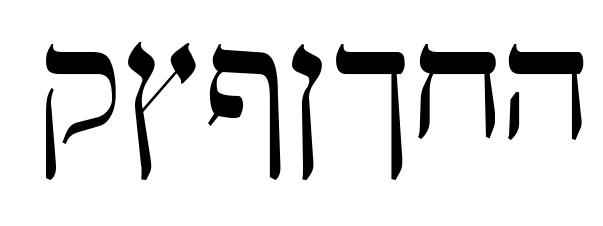Hoo boy, that was a movie, right?
Now that we have both seen it, and we suspect that most of you who want to have seen it to, here are our thoughts on it. For those who have not seen it yet, this post consists almost entirely of spoilers.
Terri's Thoughts
Once again, Disney's acquisition of LucasFilm and making sure that George Lucas isn't allowed anywhere near a Star Wars script or director's chair has paid off. I loved this movie.
Now, I will not say it was without flaws. It was perhaps 3 movies crammed into one, and ended at least twice that I could see. But the structural and pacing problems paled in comparison to the excellent dialogue, beautiful sets, profound character development, wonderful storytelling, and kickass representation.
For once in my SFF life, the strongest and most powerful characters in a movie were OLDER WOMEN! General Leia Organa and Vice Admiral Amilyn Holdo took no nonsense and made the hard calls. I do not know how I'm going to get through Episode IX without either of them. And they were deeply feminine women. As someone who sees femme as a deeply performative aspect of her personality (rather than natural and inherent), this was unique. Generally I can identify with women in an SFF setting because they are tough, wearing pants and covered in Space Grease/wearing Practical Fantasy Armor. For once, I was identifying with women wearing massive quantities of jewelry, fancily styled hair and dresses. This was new, and also has resulted in my deep need to do a screen accurate recreation of Vice Admiral Holdo's costume.
As to some of the complaints about the powers of the Force, they didn't bother me at all. This is where I have to admit that I have been reading Star Wars licensed fiction since I was 14 years old, starting with Timothy Zahn's Heir to the Empire trilogy. I gave up somewhere during the New Jedi Order novels. Why is this relevant? Two reasons.
Reason one: as far as those novels were concerned, the prequels didn't exist (most of them were written long before any of those movies had been made). So there was no understanding of the Jedi Order before Obi-Wan Kenobi starts training Luke Skywalker on the Millennium Falcon. Need a character to accomplish the impossible? Pow, they're a super strong Force user. Jedi can't form attachments? Luke gets married and has a kid. Leia doesn't know how to do much with the Force? Well, that's largely because she's spent too much time being in government. So no, ForceTime didn't bother me. Neither did Leia rescuing herself from being blown off the bridge. Oh, and Luke can project himself across the galaxy? Kyp Durron pulled starships out of gas giants with the Force. There's a character whose mind was dropped into another body with the Force. So spare me your complaints about Leia saving herself. The Force can do whatever the script writer needs it to do.
Reason two: I am an unabashed Star Wars fan. I've read the books (and was deeply sad when Disney axed that canon), watched the Only Relevant Films more times in my childhood/adolescence than I care to count, used to play a Star Wars parody game on my computer in my bedroom, owned Star Wars Monopoly and kicked everyone's butt at Star Wars Trivial Pursuit. I used to play Princess Leia in my imaginary games. I am one of the people who isn't really capable of much deep critical thinking about a good Star Wars movie. I will gladly read and watch other people's critical thoughts about the topic (and often appreciate their insights), but don't have the mental distance from what I love so much to be able to think about it in a way that examines it. So I largely gush, while Ariela below will provide you with more critical insights.
Ariela's Thoughts
Where Terri is a lifelong and devoted Star Wars fan, I am a much more casual appreciator. I enjoyed the original trilogy, but I didn't see it properly until I was in high school and I didn't adopt it into my core fandoms. So my expectations going in were very different.
I can see why this movie is divisive. Some of the most cherished tropes from the original trilogy are torn apart here (mostly to my satisfaction). It had some problems and I get that if you didn’t like the other parts, the problems might not be get-over-able. But I liked it.
I liked that it was new. I was never particularly surprised by anything in The Force Awakens because it was such a beat-for-beat sendup of A New Hope, but I was genuinely surprised by some things that happened here.
I love older Leia and Luke and the ways in which they have changed. Perhaps this is because I am older than I was when I saw Star Wars for the first time, I am tired and disillusioned, and I like seeing those changes mirrored in my heroes. But I also think that these changes are genuinely positive.
I like that Leia has learned that “jumping in a spaceship and blowing something up” is only the right move sometimes. Not that it’s never the right move, Leia is too wise to fall for that, but that there are times when another tactic is called for. Considering how much that technique was valorized in the original trilogy, this is a surprising backpedal.
Ditto Vice-Admiral Holdo not telling Poe her plan. In the original trilogy, Luke just kind of walked onto the base and was admitted to the inner circle of the rebellion immediately, given responsibility and access to all the rebel plans. Ditto Jyn Erso. Not so here. Poe has been working for the Resistance for a while, but that doesn’t mean that the people in charge need to get his approval for their plans. (Particularly shocking that a woman doesn’t need to get a man’s approval for her military plans, I know, or that an older woman might have any role to play other than the wise grandma type or a witch.)
In general, I saw far more older women on screen here than I am used to seeing. Carrie Fisher and Laura Dern are both well past the Hollywood sell-by date set for women, but they had large roles in a film aimed at a general audience. But the crowd scenes at Canto Bight also featured a surprising number of older women. More older women on screen, please, kicking butt and also being generally present, but in the future, can more of them be women of color? (Is it any wonder some fragile masculine souls needed to cut all the women out of the movie? We are so goshdarn present in it.)
I like that Luke is disillusioned by his own mistakes, and that it is a young woman who shows him that he is wrong.
I love the lack of sexual tension in the films. I love that Rose is never subject to the Male Gaze TM, and that she is allowed to be a full human being, with expertise and ideals and an interest in someone. (If you’re going to ask with whom I ship Finn, I think Finn has too recently learned to be a person on his own and he is not ready for a relationship with anyone yet. I am in favor of Poe crushing on him, though.) I love that the movie shuts down the idea of romantic tension between Rey and Kylo Ren. Jill Bearup has pointed out that film language for romantic tension and antagonism can sometimes look the same; TLJ goes out of its way to point out that NOPE, romantic tension is not happening here. Rey has no interest in seeing Kylo Ren in any state of undress, thank you very much.
I love that Finn and Rose fail at their quest. All of the indicators for their success were there: the unbeatable odds, the one final hope, it’s a trope checklist, and it still fails. I love that because sometimes we do fail, and that doesn’t mean we shouldn’t try, and that trying and failing doesn’t mean you aren’t a hero.
So what didn’t I like? Well, a lot.
For one thing, there was so much going on that the movie feels overstuffed and un-cohesive. Our three protagonists from TFA are split up, each having their own adventures, and it’s hard to find a common thematic thread between them.
I’m also rather sick of the “giant, oppressive organization is coming for a progressively smaller and smaller ragtag group of people fighting back” trope. Exiting the movie, my spouse quipped, “At this rate, the next movie’s Resistance will consist of Finn and BB8 armed with nothing but a toothbrush.” (To be fair, I would watch that movie in a heartbeat.) But we’ve done this before. I’d like to see some new stories, or at least tell the same story in a different way, like Rogue One did.
I was also rather disturbed at how Finn and Rose dealt with the kids who are enslaved/indentured on Canto Bight. I get that they couldn’t take the kids with them and still complete their original mission. And I get that, from a thematic standpoint, they needed to be left there to sow the seeds of the next generation of the Resistance. But neither of them seemed to have any sort of qualm about leaving those children to be abused further. I would have been far more comfortable had either one of them acknowledged that leaving them there means they also failed to rescue people being oppressed, the very mission of the Resistance. I want acknowledgement that leaving the kids was a terrible thing to do and a horrid choice to have to make, to balance those kids’ freedom against the survival of the Resistance.
I also feel somewhat confused by the only common theme I could find in the movie, which is the older generation giving way to the new. We have now seen three of the older generation of the Resistance – Holdo and Luke in this movie, Han in the previous one – sacrifice themselves willingly so that the new generation can go on. On the Dark Side, Kylo Ren killed Snoke so that he can come into his own power. On the surface, this sends a kind of awesome message: the older generation needs to give way to the younger, but the Light side does it by consent and the Dark Side does it by force. I’m all for highlighting consent! But the more I think about it, the less that idea holds up. You can’t undo an unjust power system by waiting for those in power to consensually relinquish their privilege. In this, Kylo Ren is right that you need to tear it all down. Unfortunately, he isn’t interested in doing what he says; he’s only interested in tearing down just enough that he winds up at the head of the existing power structure, then using his new power to expand his dominion. (Oh crap, in addition to being a metaphor for neo-Nazis, is Kylo Ren also an allegory for false allyship?) So yeah, I don’t know what to make of this.
I want to watch it again, which I won’t get to do until it comes out on Netflix or Amazon Prime, but this is the first time I have wanted to re-watch a Star Wars movie in a while.
